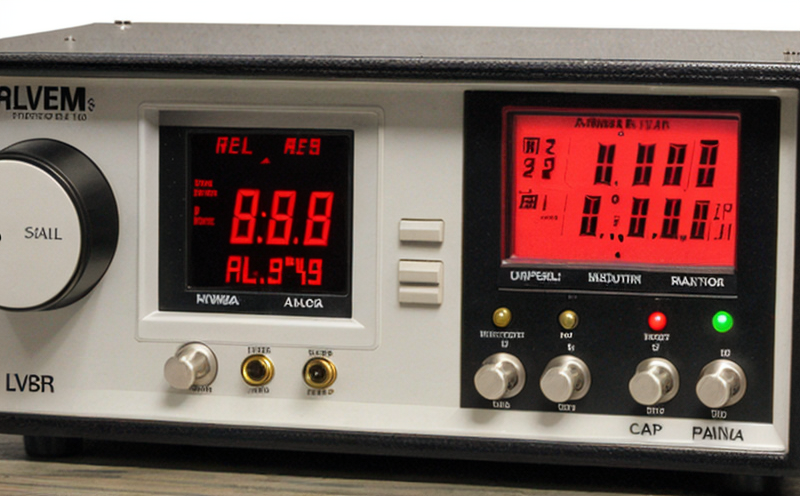ISO 8529-3 Neutron Detector Response Testing
The ISO 8529 series is a set of international standards that specify methods for the testing and calibration of radiation detection instruments. Specifically, ISO 8529-3 focuses on neutron detectors used in various industrial applications such as nuclear power plants, research facilities, and other environments where neutron fluxes are present.
This service is essential for ensuring that neutron detectors meet the stringent requirements set forth by ISO standards. Accurate testing of detector response ensures reliable performance, which is crucial for safety-critical operations like monitoring reactor core conditions or detecting materials in industrial processes involving neutrons.
The process involves exposing the neutron detector to a controlled neutron flux and measuring its response using standardized procedures. This allows us to verify that the detector provides accurate measurements under specified conditions. By adhering strictly to ISO 8529-3, we ensure compliance with international best practices and provide clients with confidence in their instrumentation.
Our laboratory uses state-of-the-art facilities equipped with neutron sources capable of generating a wide range of flux levels. This allows us to simulate real-world scenarios accurately and thoroughly test the detector’s performance across different environments. Our experienced technicians are proficient in handling both thermal and fast neutrons, ensuring comprehensive testing coverage.
For quality managers and compliance officers, this service provides peace of mind knowing that their neutron detectors meet international standards. R&D engineers can benefit from precise calibration data to improve product design or troubleshoot issues effectively. Procurement teams will find value in reliable test results when selecting suppliers or evaluating new technologies.
Industry Applications
| Application Area | Description |
|---|---|
| Nuclear Power Plants | Testing neutron detectors helps maintain safety and efficiency by ensuring accurate measurement of reactor core conditions. |
| Radiation Research Facilities | Facilitates safe handling and manipulation of radioactive materials through precise neutron flux monitoring. |
| Material Analysis | Assists in identifying elements within samples using neutron activation analysis techniques. |
| Safety Monitoring | Ensures compliance with regulations regarding radiation exposure levels in occupational settings. |
International Acceptance and Recognition
The ISO 8529-3 standard has gained widespread acceptance across industries globally. Many organizations rely on this method for neutron detector testing due to its robustness and reliability. Compliance with these standards enhances trustworthiness among stakeholders, including regulatory bodies, end-users, and partners.
Our laboratory is dedicated to maintaining high-quality services that align with international norms. By offering ISO 8529-3 compliance testing, we contribute significantly to the integrity of neutron detection technology worldwide. This service not only meets but exceeds expectations set by industry leaders who value accuracy and consistency in their operations.
With our expertise and advanced equipment, you can rest assured that your neutron detectors will undergo rigorous evaluation according to established guidelines. This ensures that they perform optimally and contribute positively towards safer and more efficient processes across various sectors.
Competitive Advantage and Market Impact
- Pioneers in providing ISO 8529-3 compliant testing services, ensuring accurate neutron detector response measurement.
- Accurate and reliable test results contribute to improved product quality and safety standards.
- Enhances customer trust and satisfaction by delivering consistent performance metrics that meet international requirements.
- Serves as a benchmark for neutron detector calibration practices, setting new industry standards.
By investing in our ISO 8529-3 Neutron Detector Response Testing service, companies can stay ahead of competitors who may not adhere to such stringent testing protocols. This competitive edge translates into better safety measures, higher accuracy, and increased market share for businesses operating within this highly regulated field.





